How To Make Spanish Chorizo: Dry Cured And Fresh Varieties
4.9
(10)
Your folders
Your folders
Total: 60 minutes
Servings: 10
Cost: $3.48 /serving
Author : Tracy Ariza, DDS
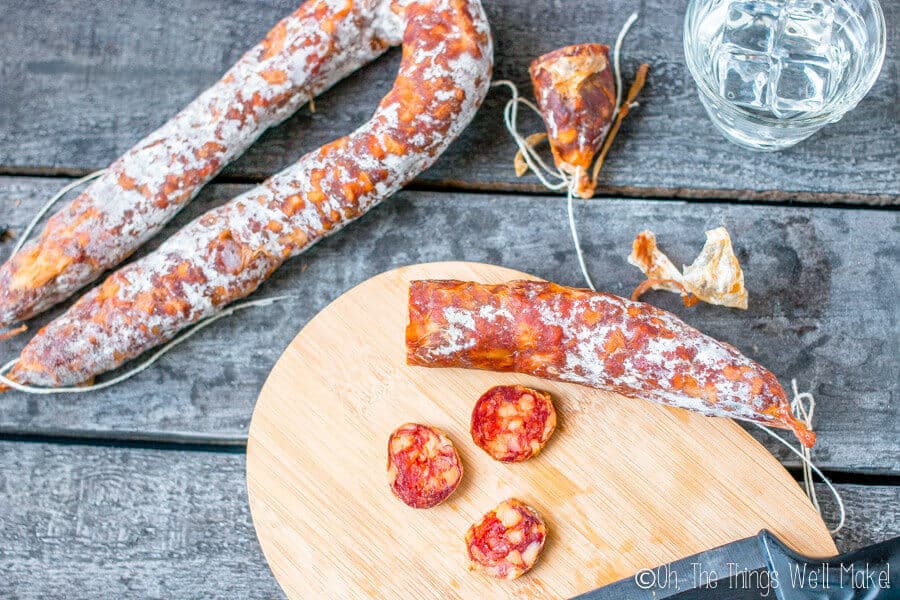
Ingredients
Export 6 ingredients for grocery delivery
Instructions
Step 1
Grind the meat and fat with a meat grinder. I have found that freezing the fat for a little while before running it through the grinder helps keep it in tact while mixing it together with the rest of the pork. While I like to use the best quality meat I can find, especially for this sort of project, you can use scraps of meats that aren't normally chosen for roasting as a way to save money. (You may be able to find unpopular cuts of a quality, organic pork for the same price as the more popular cuts of a conventional one.)
Step 2
Add the pimentón de la Vera, salt, garlic, and optionally .5g of potassium nitrate or 2.5g pink curing salt to the meat, and gently mix the ingredients together. You want the spice and the fat to be evenly dispersed throughout the meat, but don't want it to get mashed together into a paste.
Step 3
Cover the mixture with plastic wrap, and leave in the fridge overnight for the flavors to meld together.
Step 4
If using salted pork casings, let them soak in water for around an hour, or however long specified by the packaging.Fully rinse the casings both inside and out.
Step 5
Pull the casings over the nozzle of a sausage stuffer. I have tried several methods of stuffing the sausages. The sausage attachments on both my meat grinder and my pasta maker were pretty much useless in getting a nice sausage with the fat pieces evenly dispersed throughout the meat. Instead, they mashed everything together in such a way that you couldn't tell what was meat and what was fat.In the picture you can see that I also tried a gelatin casing one of the times. It broke easily, and was a lot more difficult to work with, so I probably would never use it again. :)
Step 6
This was fresh homemade chorizo made with the sausage attachment on my meat grinder and then pan cooked. You can see that while it tasted good, the inner part was basically all mashed together and you can't distinguish between the fat and the meat.
Step 7
I had a lightbulb moment when I decided to use my electric cookie press (Something like this one) to push the meat into the casings. I was excited to find that the size of my sausage attachment fit my cookie press perfectly. That said, if you plan on making a lot of sausages in the future, I'd definitely recommend buying a decent sausage stuffer. I'm looking into buying one myself.
Step 8
Pull a small amount of the casing off the nozzle and tie the end with a small knot.
Step 9
Slowly and carefully press the meat through to the casing, easing off the casing, as needed, while you fill it.
Step 10
Stop when you have reached the desired size sausage, and tie off the end, cutting off any excess casing. Chorizo can be found both as shorter, straight pieces or as a longer piece with the ends brought together for easier hanging. (See my pictures above for both types.)
Step 11
Continue with the process until you have used up all of the meat filling.
Step 12
Check your sausages for any large air gaps, and prick the casing in those areas with a sterilized needle. Ease any air out of the sausage through the pinhole.
Step 13
If you want to eat the chorizo fresh, you are finished, and can either pan fry the chorizo until fully cooked, or cook it on the grill.
Step 14
To dry cure the chorizo, tie a cotton cord around the ends and hang it in a cool, dry place for several weeks.
Step 15
Ideally, you should weigh each chorizo before you hang it so you can monitor your progress. Technically, it should be safe to eat when it has lost 35% of its initial weight. I find that the chorizo gets better as it dries out more, and let it dry for much longer.
Step 16
Slice your homemade Spanish chorizo, and enjoy it!You can either eat it with the casing on, or peel them off before eating.
Top similar recipes
Curated for youYour folders

 373 views
373 viewsHow to Make Lox (Dry Cured Salmon)
letthebakingbegin.com
4.6
(10)
Your folders

 370 views
370 viewsHow To Make Chorizo
leitesculinaria.com
5.0
(1)
Your folders

 234 views
234 viewsHow to make soft cured egg yolk
jesspryles.com
Your folders
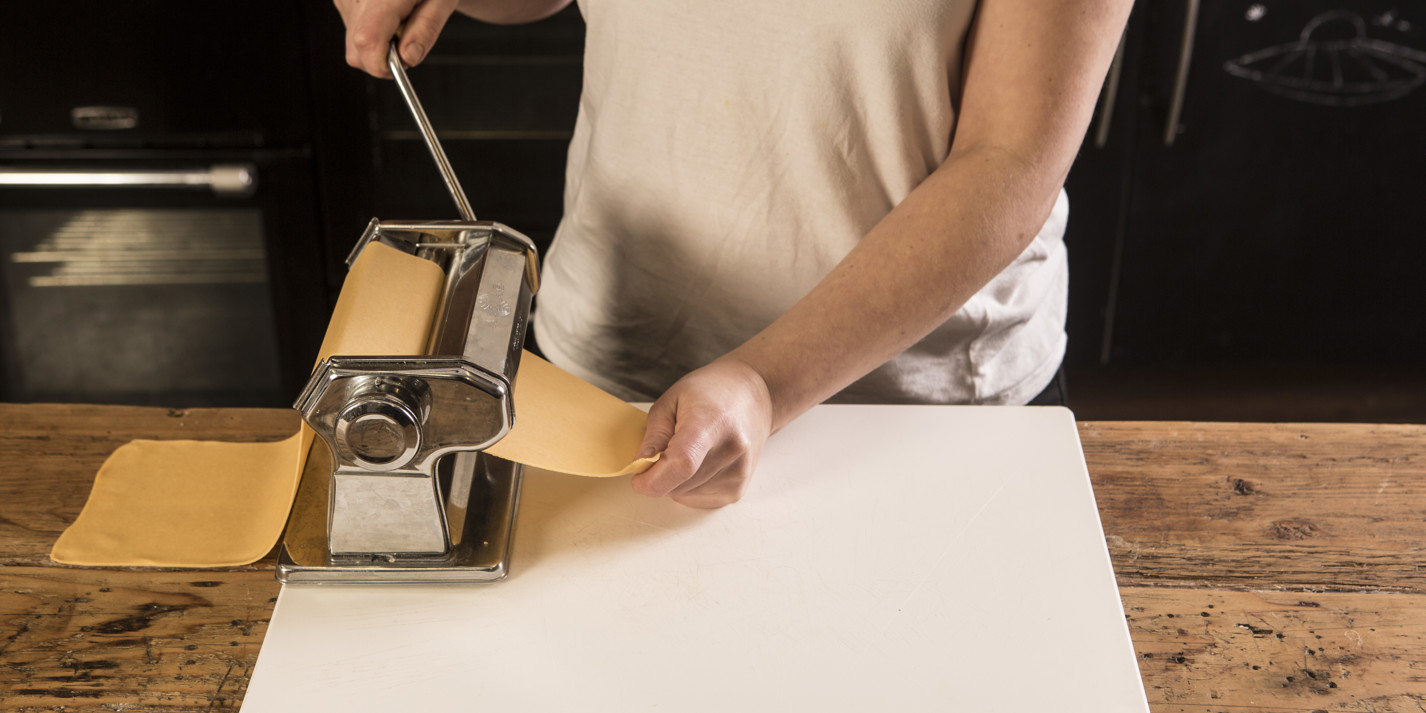
 304 views
304 viewsHow to make fresh pasta
greatitalianchefs.com
Your folders

 189 views
189 viewsHow to Make Fresh Trofie
pastaevangelists.com
Your folders

 193 views
193 viewsHow to Make Fresh Strozzapreti
pastaevangelists.com
4 minutes
Your folders

 250 views
250 viewsHow to Make Fresh Breadcrumbs
dovesfarm.co.uk
Your folders
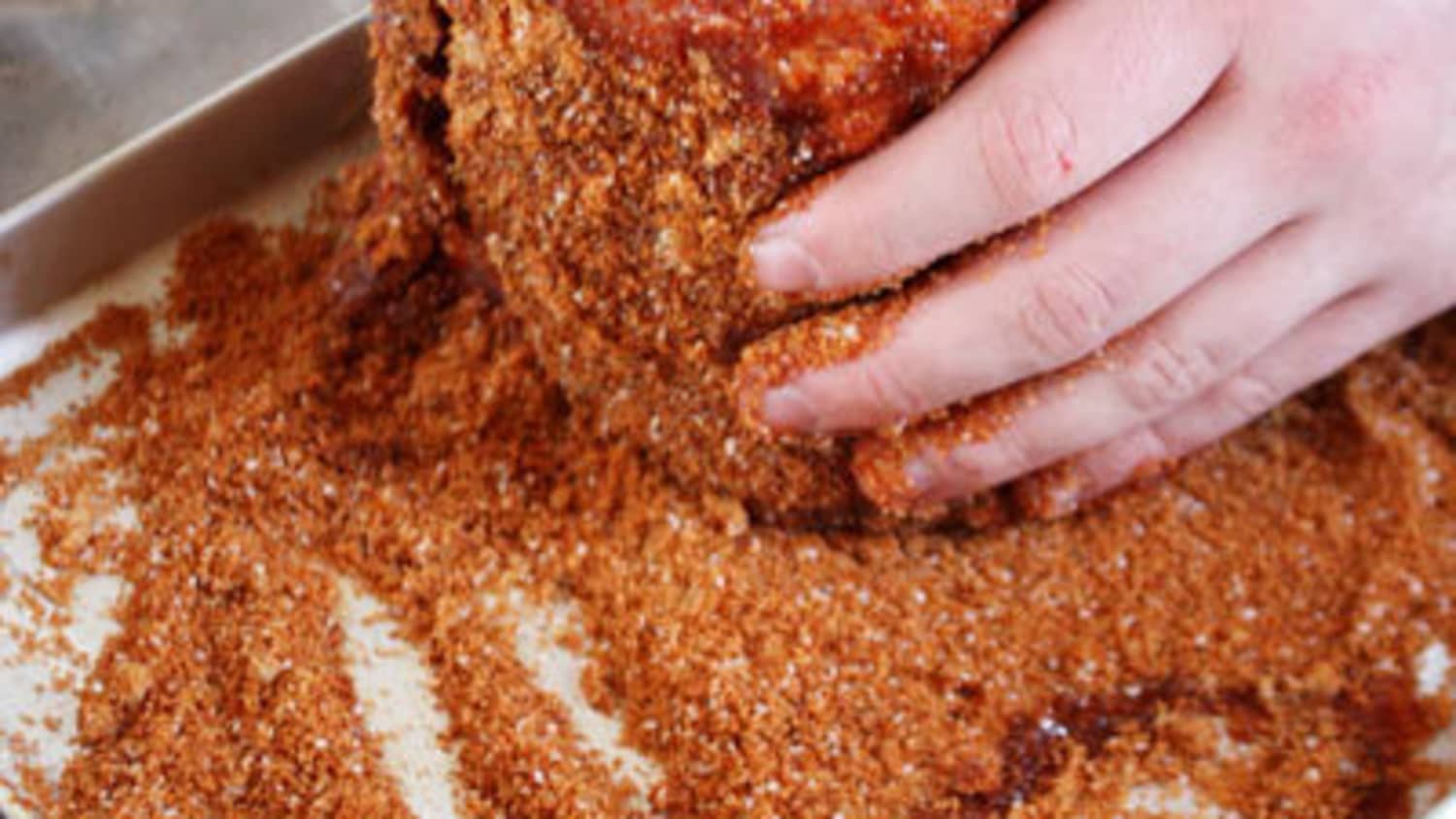
 252 views
252 viewsHow To Make A Dry Rub
thekitchn.com
5.0
(1)
Your folders
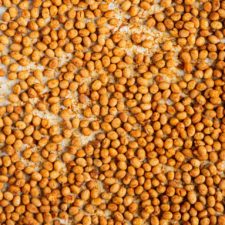
 334 views
334 viewsHow to Make Dry Roasted Soybeans
nutriplanet.org
1 hours
Your folders

 314 views
314 viewsSpanish Chorizo
twoguysandacooler.com
4.7
(7)
Your folders
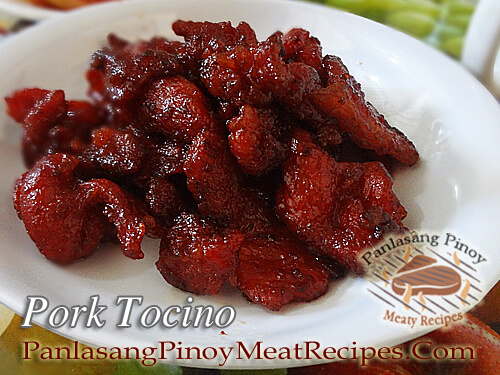
 319 views
319 viewsHow To Make Pork Tocino (Sweet Cure...
panlasangpinoymeatrecipes.com
4.7
(17)
6 minutes
Your folders

 662 views
662 viewsHow to Make Fresh Lasagne Sheets
pastaevangelists.com
10 minutes
Your folders

 381 views
381 viewsHow to Make Fresh Pappardelle Pasta
pastaevangelists.com
5 minutes
Your folders

 203 views
203 viewsHow to Make Fresh Mint Tea
homesteadhow-to.com
Your folders

 598 views
598 viewsHow to Make fresh Spring Rolls
whiteonricecouple.com
5.0
(38)
30 minutes
Your folders

 264 views
264 viewsHow to Make Fresh Ginger Tea
minimalistbaker.com
5.0
(4)
15 minutes
Your folders

 261 views
261 viewsHow to Make Fresh Rigatoni Pasta
pastaevangelists.com
4 minutes
Your folders

 502 views
502 viewsHow To Make Mexican Chorizo From Sc...
holajalapeno.com
5.0
(3)
10 minutes
Your folders

 874 views
874 viewsHow to Dry Mint
lovelygreens.com
5.0
(16)
240 minutes